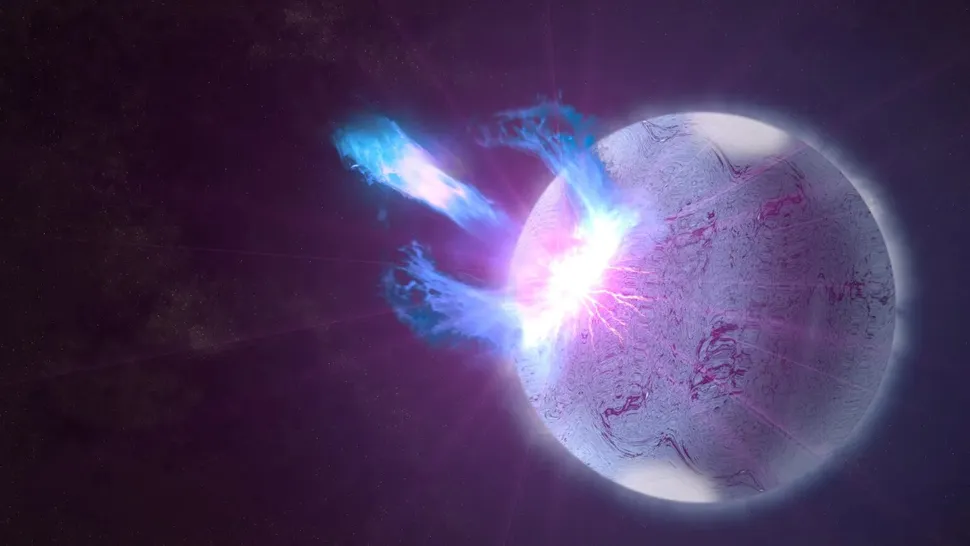MI weekly selection #531

Humans hunting lions 48,000 years ago
Neanderthals living about 48,000 years ago hunted and carefully butchered a cave lion, an extinct species, according to an analysis of lion remains uncovered in southeastern Germany. The study reveals the “earliest direct evidence of a large predator being hunted and killed in human history,” said Gabriele Russo, author of the study published in Scientific Reports.
Full Story: Newsweek
Fast Radio Bursts may originate from “starquakes”
Extremely quick blasts of radiation known as Fast Radio Bursts, or FRBs, may be caused by starquakes on neutron stars, or collapsed “dead stars” with strong magnetic fields. Researchers studied data from nearly 7,000 repeating FRBs and found a correlation between FRBs and earthquakes, indicating that neutron stars have a solid crust that releases energy when rattled by starquakes.
Full Story: Space
Scientists map more than 3,000 brain cell subtypes
A collection of 21 articles published in Science, Science Advances and Science Translational Medicine and in the Neuroscience Multi-omic Archive online repository describes the largest atlas of human brain cells ever compiled, and scientists say the catalog of 461 brain cell categories and more than 3,000 cell subtypes will advance research on neurological diseases, cognition and what it means to be human. The atlas is part of the NIH’s $3 billion Brain Research Through Advancing Innovative Neurotechnologies initiative and compares human and nonhuman primate brain cells.
Full Story: Nature
Brain activity reveals when you have a false memory
The brain emits a specific electrical pattern in the hippocampus before a person recalls a false memory. Researchers found that patients’ hippocampal rhythms were closer to that of a correct memory when the situational context of the false memory matches that of the true memory, suggesting that the brain uses context such as time and place to group memories.
Full Story: Live Science
Material to pull uranium from seawater
Researchers in Australia have developed a material that can extract uranium from seawater, making it easier and cheaper to harvest the element. The researchers doped layered double hydroxides with elements such as europium, terbium and neodymium, which allowed the resulting compound to selectively extract uranium from seawater over more plentiful elements.
Full Story: New Atlas